Types of CNC Milling Operations
February 28, 2024
Types of CNC Milling Operations
Various types of CNC milling operations are designed to achieve specific outcomes depending on the material type. These operations differ in the type of cutting tool used, the cut’s direction, the cut, the depth of the cut, the speed & feed rate, and other machining parameters. In addition, choosing the proper milling operation for a particular job is essential to ensure optimal efficiency, accuracy, and quality.
Let’s discuss the major CNC milling operations used in manufacturing.
Face milling
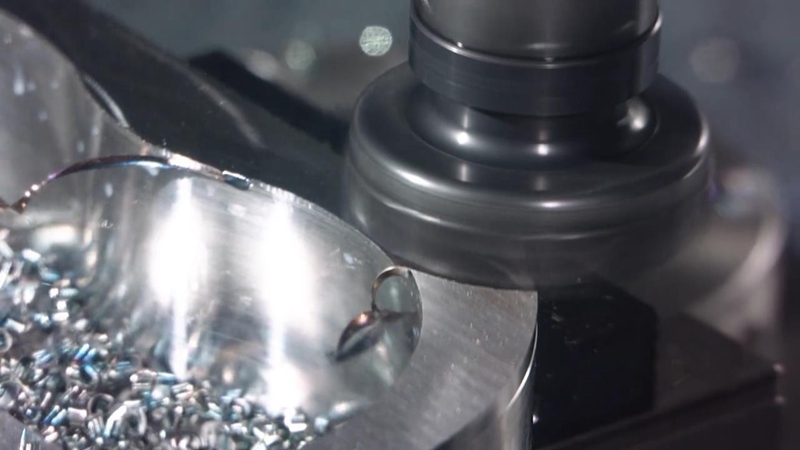
Face milling operation involves cutting a flat surface perpendicular to the axis of rotation of the milling cutter. The cutters for this process have teeth on the periphery and tool face. Each set of teeth serves a specific function with the peripheral teeth doing the cutting while the face teeth do the finishing. Face milling produces higher-quality finishes and can be used for vertical or horizontal methods.
It is used to create a flat surface on a workpiece or level its top. The typical applications of face milling include engine blocks, cylinder heads, and other flat surfaces on various workpieces.
Peripheral milling
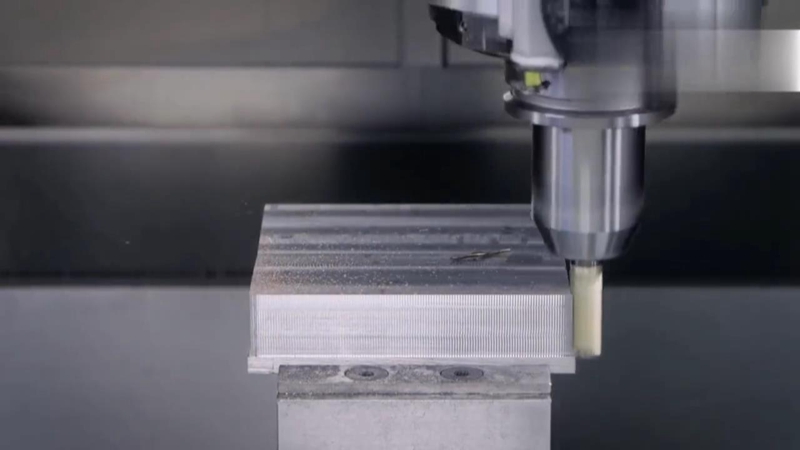
It is a fast and accurate machining method that offers high-quality surfaces while avoiding surface roughness. Peripheral milling involves cutting the outer edges of a workpiece using a cutting tool that rotates around the workpiece’s perimeter.
This operation is excellent for producing intricate contours or shapes on the workpiece’s exterior, such as gears, splines, and profiles.
Slot milling
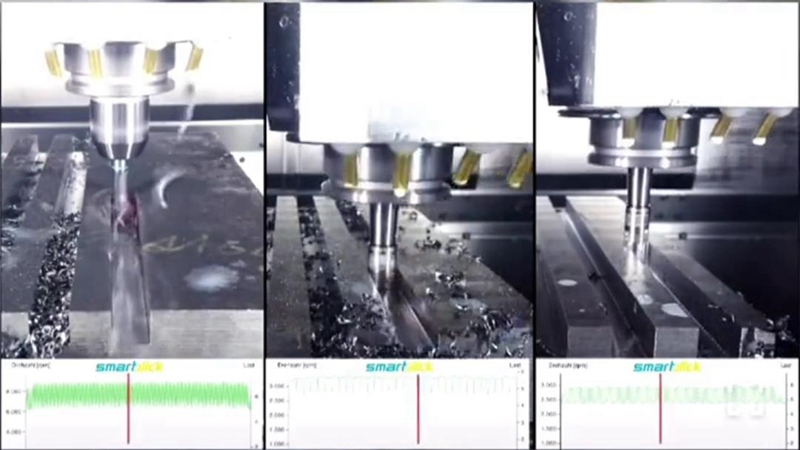
As the name suggested, Slot milling involves cutting a narrow slot or groove on the surface of a workpiece. The slot can be of varying depths and widths, depending on the design specifications. Different cutting tools, such as end mills, drill bits, and slot drills, are used in slot milling. The milling cutter rotates and engages the workpiece, removing material in a straight line to create the slot.
Plain milling
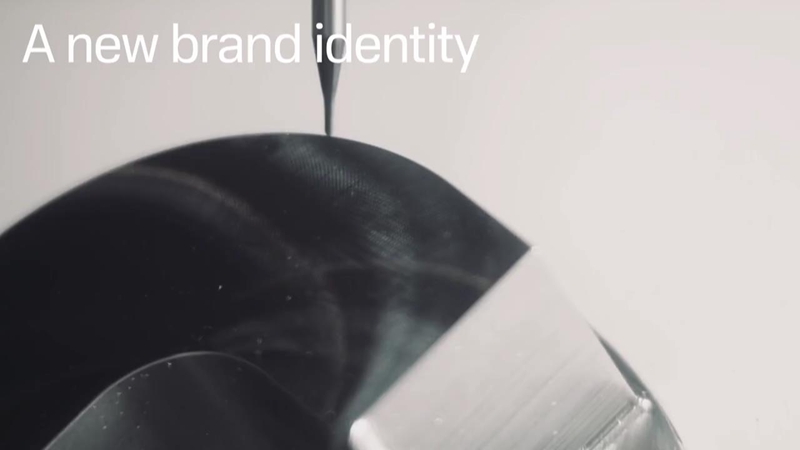
Plain milling is a type of milling operation that creates a flat surface parallel to the axis of rotation of the milling cutter. It is done with the workpiece mounted parallel to the surface of the milling machine table with the cutter mounted on a standard milling machine arbor. The arbor is supported in a horizontal plane between the milling machine spindle and one or more arbor supports. The workpiece is clamped directly to the table. Plain milling tools have teeth on the periphery of the cutting tool. Either wide or narrow cutters can be used where narrow cutters make deep cuts and wide cutters are used for large surfaces. If the workpiece needs the removal of large amounts of material, the operator uses a coarse-toothed cutter, slow cutting speeds, and fast feed rates to produce the part‘s approximate geometry, which is followed by a finer toothed cutter, faster cutting speed, and slower feed rate for details.
Angular milling
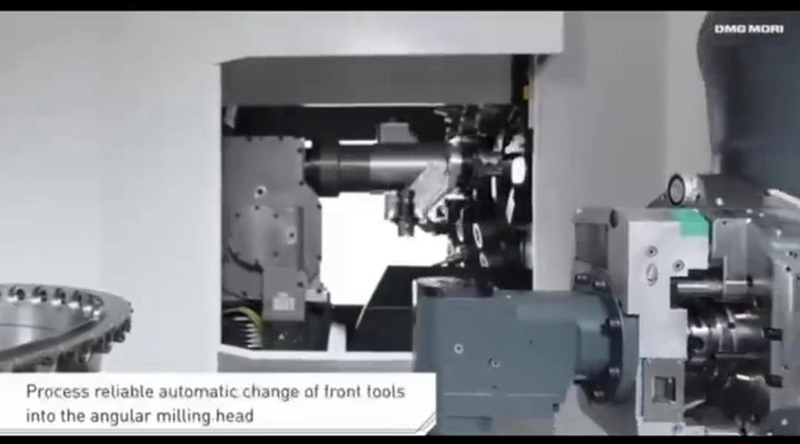
Angular milling is milling flat surfaces where the cutting tool‘s axis is at an angle to the surface of the workpiece. A single-angle milling cutter is used for angular surfaces, such as chamfers, serrations, and grooves. Dovetail milling is a typical example of angular milling where the angle of the cutter is 45°, 50°, 55°, or 60° based on the design. The tongue or groove is first roughed out using a side milling cutter, after which the angular sides and base are finished with an angle milling cutter.
Pocket milling
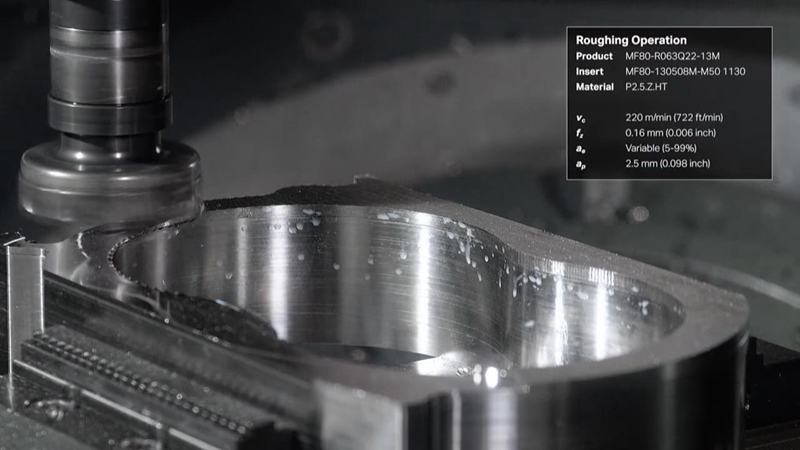
Pocket milling is suitable for creating a closed pocket or cavity on the surface of a workpiece. Different cutting tools like end mills, ball nose mills, and slot drills can be used to create a pocket with various shapes, including rectangular, circular, or irregular, and can be of varying depths and widths.
Form milling
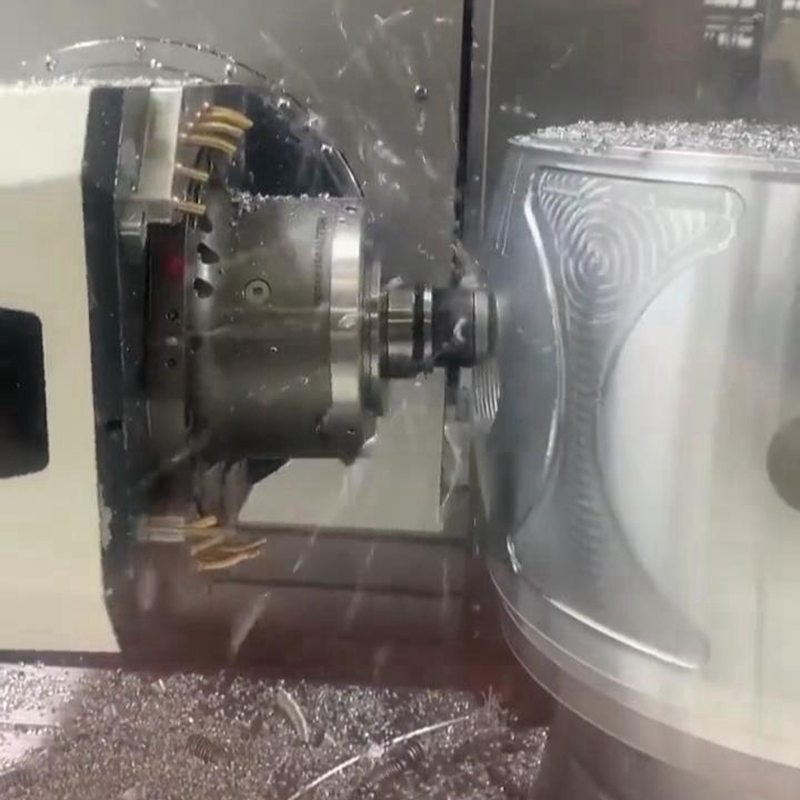
Form milling is a milling function for irregular surfaces such as a curved flat surface or all curves. It can complete the shaping in a single cut using a formed milling cutter or fly cutter shaped to the contour of the cut. Common form milling involves milling half-round recesses and beads or quarter-round radii on workpieces. The types of cutters for form milling are convex, concave, and corner rounding cutters that can grind to a required circular diameter. Form milling can create intricate patterns or mill several complex surfaces in a single cut. Hemispherical and semi-circular cavities, beads, and contours can also be shaped by this process.
Other milling operations
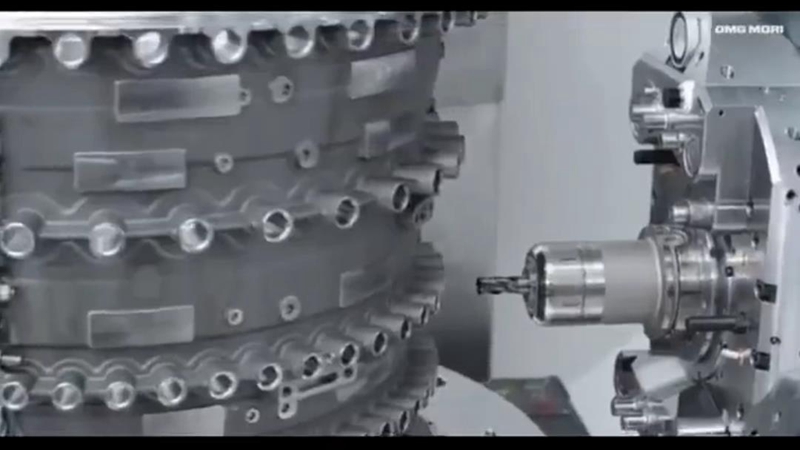
Numerous other milling operations exist, such as drilling, profiling, thread milling, plunge milling, and slide milling.





